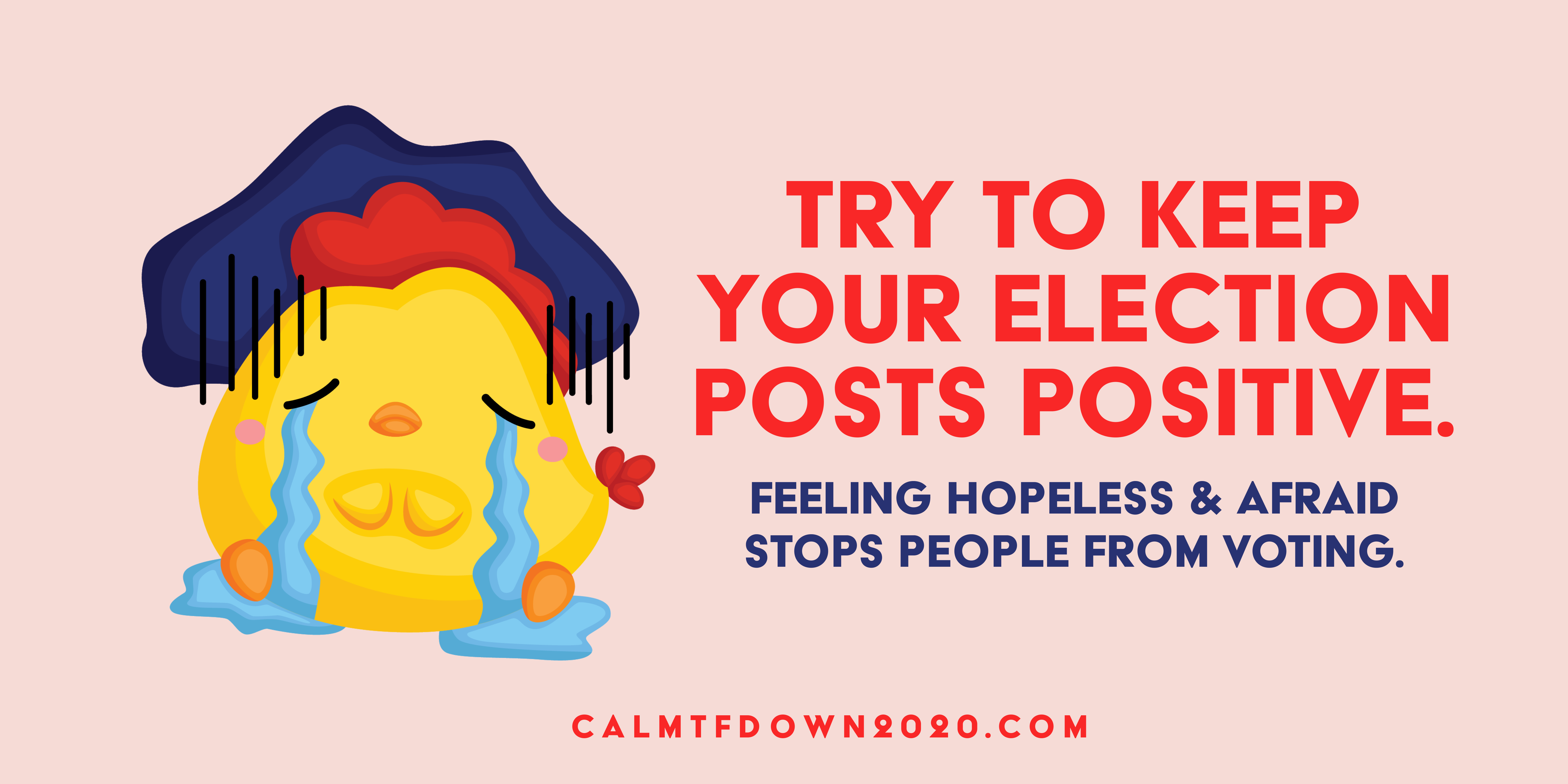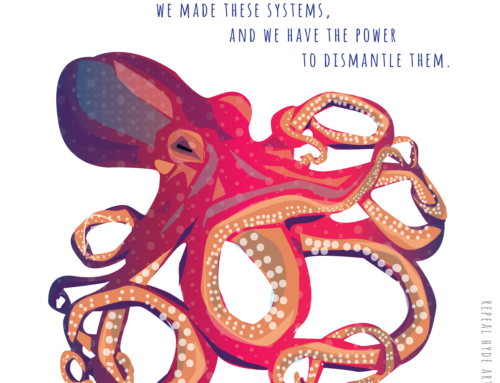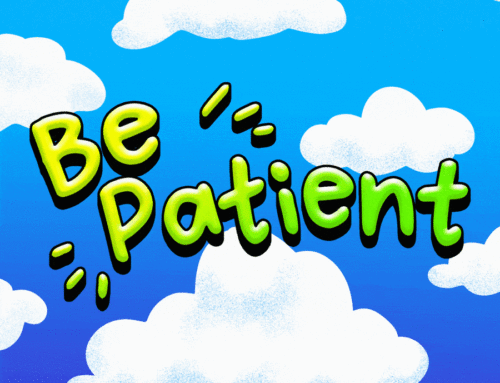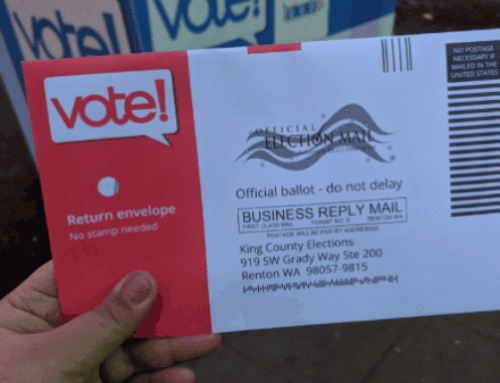 November 2, 2020: Tomorrow night, the polls will close for the most significant election of our lives. Many of us have dedicated countless hours to making sure that every eligible voter in our community gets to have their voice heard.
November 2, 2020: Tomorrow night, the polls will close for the most significant election of our lives. Many of us have dedicated countless hours to making sure that every eligible voter in our community gets to have their voice heard.
(And if you haven’t already voted–go out there and do it now! Find out where and how here.)
We are generally used to knowing who has won the presidential election by the same night, or at least by the next morning. That will likely be different this time around.
Because of the coronavirus pandemic, more people than ever before have voted by mail in this election, and because different states have different rules for when and how they count ballots, it could take days or even weeks to get final results.
Remember: Our elections include 51 separate counts across states and DC – each administered by qualified officials who take their job of counting eligible votes seriously. This article has good info about when we might get results from each state.
Results that take longer than usual only mean that all votes are being counted. If the race is close, counting every vote could mean going days or weeks without being certain of the final outcome. And that’s OK.
You may see or hear inaccurate claims about election outcomes, ways of voting, and/or ways votes are being counted–especially on social media:
- Disinformation is false information that’s created and shared to deliberately cause harm.
- Misinformation is false information that’s shared by people who don’t realize it’s false and don’t mean any harm. Often they’re just trying to help.
(defined by First Draft News)
How to spot disinformation and misinformation in this election:
Before sharing information–even if it comes from someone you know–ask yourself:
-
Does it seem unlikely or outlandish?
-
Is it alarmist, or does it claim to share secret or “banned” information? It will likely be designed to provoke strong feelings, because that’s what makes people share posts.
-
Can you tell who is behind this information, or find other known sources (e.g., mainstream media sources) that are reporting the same information?
You can also look it up on fact-checking sites like Snopes, Politifact, or the national cybersecurity rumor control. Or put the title in Google, plus the words “true or false?”
And know what is already true: This year, voting and getting election results will take more time than in other years. “Delay” doesn’t automatically mean “chaos” – we need to do what it takes to make sure every vote is counted, because every vote counts!

When you see dis/misinformation, be careful not to unintentionally spread it further:
Sometimes we inadvertently spread fake news, rumors, and conspiracy theories further by re-posting it on social media with messages about why they’re false, or by commenting on others’ posts containing them in an attempt to rebut or debunk them.
That’s because on all social media, automatic programs called algorithms make most of the decisions about what content gets seen the most. If we share or comment on something–even if we point out that it isn’t true–we are telling the algorithms it is popular and should be seen by more people.
Here’s what we need to do (and you can share this info and these graphics widely!):


You can also learn more from this video from the #WhatToExpect2020 series by PEN America
Want to dive deeper?
First Draft News has a free two-week text message course in English and Spanish for the Disinfo Defense League that shows how to deal with U.S. election misinformation and other misinformation we may encounter:
● Sign up for the course in English.
● Sign up for the course in Spanish.







